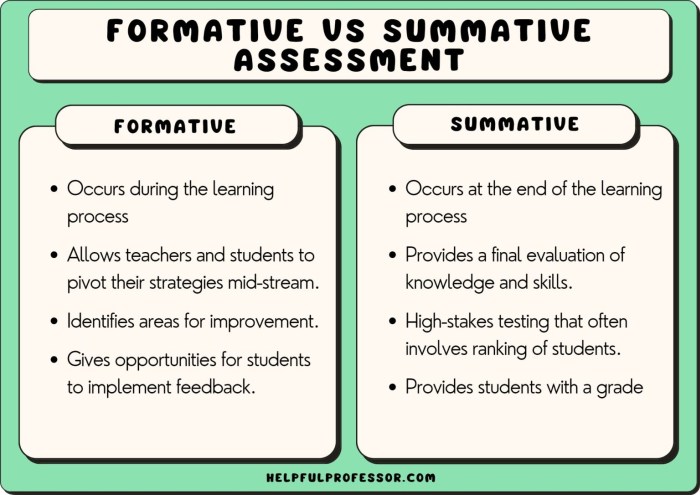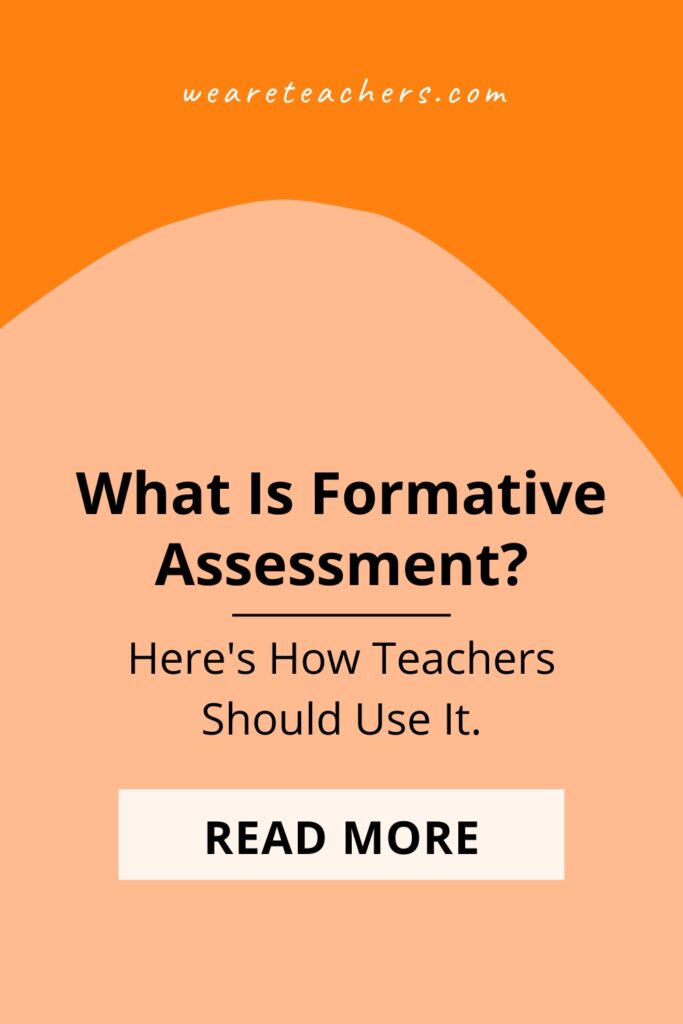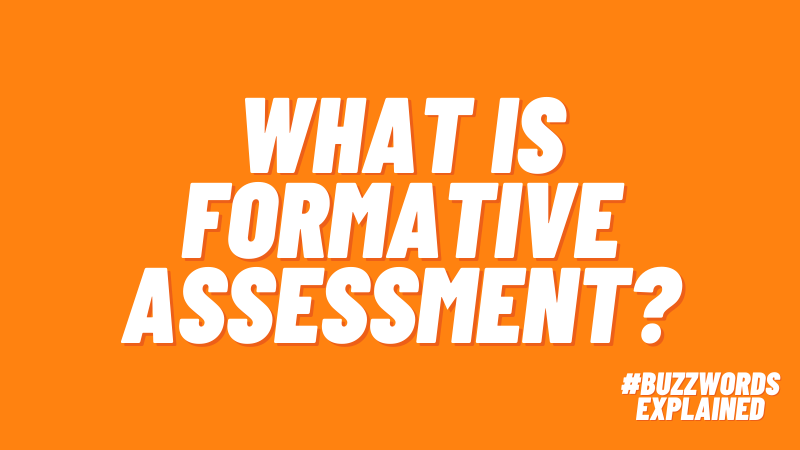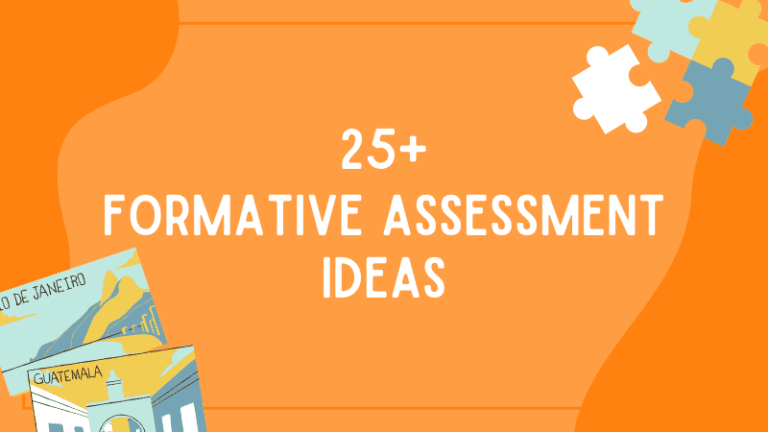Assessments are a regular part of the learning process, giving both teachers and students a chance to measure their progress. There are several common types of assessments, including pre-assessment (diagnostic) and post-assessment (summative). Some educators, though, argue that the most important of all are formative assessments. So, what is formative assessment, and how can you use it effectively with your students? Read on to find out.
What is formative assessment?

Source: KNILT
Formative assessment takes place while learning is still happening. In other words, teachers use formative assessment to gauge student progress throughout a lesson or activity. This can take many forms (see below), depending on the teacher, subject, and learning environment. Here are some key characteristics of this type of assessment:
Low-Stakes (or No-Stakes)
Most formative assessments aren’t graded, or at least aren’t used in calculating student grades at the end of the grading period. Instead, they’re part of the daily give-and-take between teachers and students. They’re often quick and used immediately after teaching a specific objective.
Planned and Part of the Lesson
Rather than just being quick check-for-understanding questions many teachers ask on the fly, formative assessments are built into a lesson or activity. Teachers consider the skills or knowledge they want to check on, and use one of many methods to gather information on student progress. Students can also use formative assessments among themselves for self-assessment and peer feedback.
Used to Make Adjustments to Teaching Plans
After gathering student feedback, teachers use that feedback to make adjustments to their lessons or activities as needed. Students who self-assess then know what areas they still need help with and can ask for assistance.
How is formative assessment different from other assessments?

Source: Helpful Professor
There are three general types of assessment: diagnostic, formative, and summative. Diagnostic assessments are used before learning to determine what students already do and do not know. Think pre-tests and other activities students attempt at the beginning of a unit. Teachers may use these to make some adjustments to their planned lessons, skipping or just recapping what students already know.
Diagnostic assessments are the opposite of summative assessments, which are used at the end of a unit or lesson to determine what students have learned. By comparing diagnostic and summative assessments, teachers and learners can get a clearer picture of how much progress they’ve made.
Formative assessments take place during instruction. They’re used throughout the learning process and help teachers make on-the-go adjustments to instruction and activities as needed.
Why is formative assessment important in the classroom?
These assessments give teachers and students a chance to be sure that meaningful learning is really happening. Teachers can try new methods and gauge their effectiveness. Students can experiment with different learning activities, without fear that they’ll be punished for failure. As Chase Nordengren of the NWEA puts it:
“Formative assessment is a critical tool for educators looking to unlock in-depth information on student learning in a world of change. Rather than focusing on a specific test, formative assessment focuses on practices teachers undertake during learning that provide information on student progress toward learning outcomes.”
It’s all about increasing your ability to connect with students and make their learning more effective and meaningful.
What are some examples of formative assessment?

Source: Writing City
There are so many ways teachers can use formative assessments in the classroom! We’ve highlighted a few perennial favorites, but you can find a big list of 25 creative and effective formative assessments options here.
Exit Tickets
At the end of a lesson or class, pose a question for students to answer before they leave. They can answer using a sticky note, online form, or digital tool.
Kahoot Quizzes
Kids and teachers adore Kahoot! Kids enjoy the gamified fun, while teachers appreciate the ability to analyze the data later to see which topics students understand well and which need more time.
Flip
We love Flip (formerly Flipgrid) for helping teachers connect with students who hate speaking up in class. This innovative (and free!) tech tool lets students post selfie videos in response to teacher prompts. Kids can view each other’s videos, commenting and continuing the conversation in a low-key way.
What is your favorite way to use formative assessments in the classroom? Come exchange ideas in the WeAreTeachers HELPLINE group on Facebook.
Plus, check out the best tech tools for student assessment.


